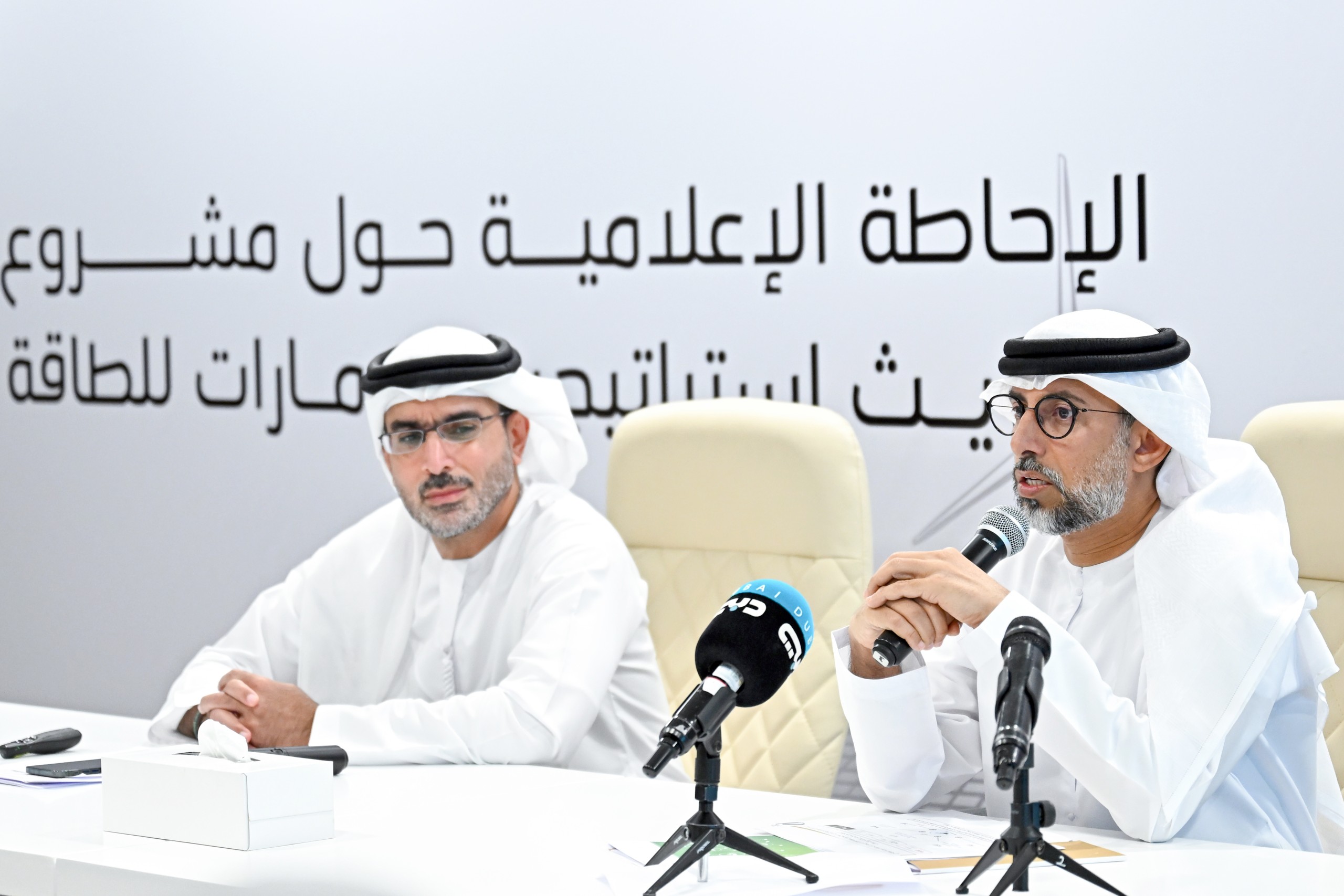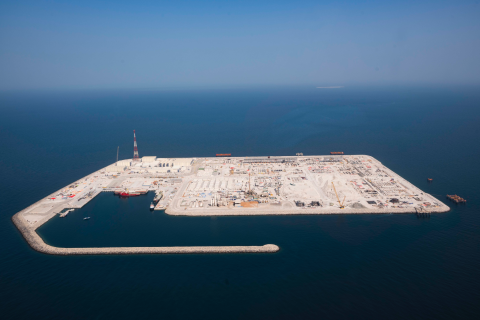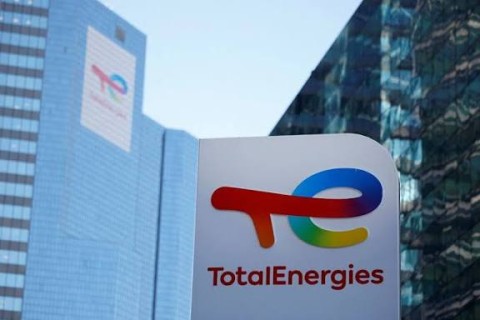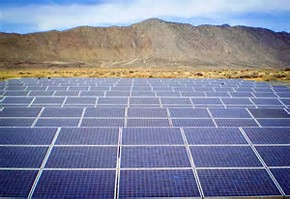The UAE’s Minister of Energy and Infrastructure Suhail bin Mohammed Al Mazrouei, announced that his county will invest between AED 150-200 billion by 2030 to meet energy demand while sustaining economic growth in the UAE.
This came during a media briefing organized by the Ministry of Energy and Infrastructure to uncover the updated UAE Energy Strategy 2050 and the development of the National Hydrogen Strategy that was approved by the UAE Cabinet to enhance the country’s efforts to meet its climate and net-zero commitments by 2050.
Al Mazrouei said that these investments are in line with the updated objectives of the UAE Energy Strategy 2050.
He elaborated the strategy aims to improve individual and institutional energy consumption efficiency rates to reduce carbon emissions and enhance environmental sustainability.
This will save AED 100 billion and create 50,000 new green jobs by 2030, the minister added. He noted that the strategy is “ a long-term plan to turn the UAE into a leading and reliable producer and supplier of low-carbon hydrogen by 2031.”
For his part, Sharif Al Olama, Under-Secretary for Energy and Petroleum Affairs at MoEI, said, mentioned that the UAE Energy Strategy 2050 aims to increase the deployment of renewable energy and improve energy efficiency.
He pointed that it “features multiple initiatives to promote the deployment of solar and nuclear energies, drive R&D and innovation in renewables technologies, and encourage local and international companies to invest in the country’s renewable energy sector.”
Additionally, it will help in achieving a grid emission factor of 0.27 kg CO2/kWh by 2030, which is lower than the global average, to achieve net zero in the energy and water sectors by 2050, Al Olama said.
He also added that the strategy includes establishment of two hydrogen oases and explore three future ones to consolidate the UAE’s position as a reliable producer and supplier of clean energy.
It should be noted that the UAE launched its Energy Strategy 2050 in 2017 and was updated following its first review to factor in the developments in the energy sector and ensure access to reliable, sustainable, and affordable energy.












